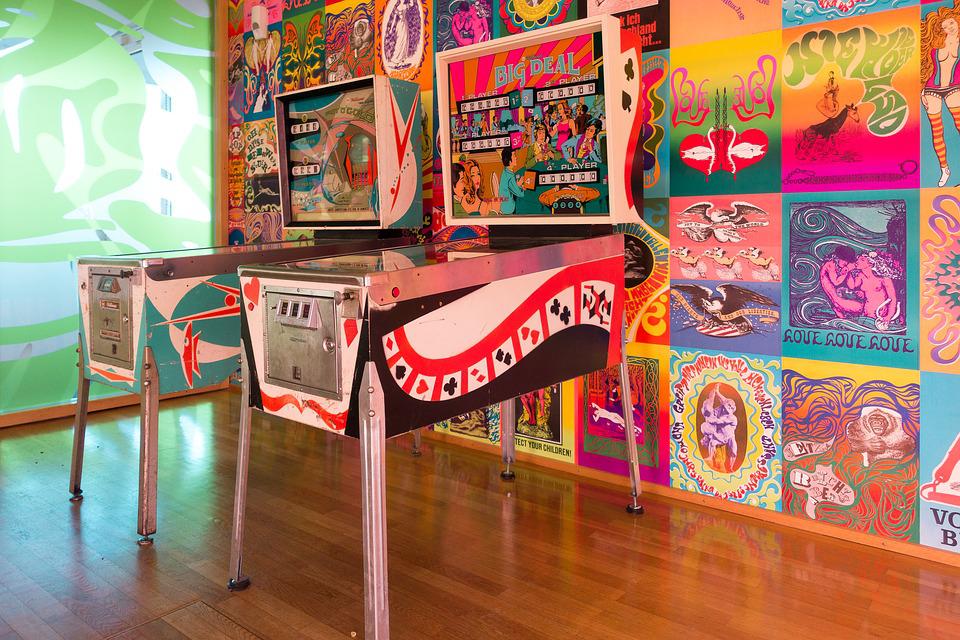Screen printing is a process that can be used to create beautiful designs on fabric. If you are looking to create a screen printing design gallery that will impress your customers, there are a few things you need to keep in mind. This article will discuss the most important factors to consider when designing a screen printing gallery. We will also provide some helpful tips for creating beautiful and eye-catching prints!
Have A Clear Plan.
Before you start creating designs for your screen printing design gallery, having a clear plan is crucial. Think about the overall aesthetic you are going for with your prints and what type of designs will fit that aesthetic best. You should also create a timeline and stick to it so that you don’t waste time on unnecessary details or take too long on one design element.
Choose Your Materials Wisely.
The materials you use in screen printing can make or break the success of your design gallery. You want to choose high-quality fabrics with vibrant colors that won’t fade over time. When selecting dyes, pigments, and other elements for your prints, consider how they will interact with each other and the fabric you’re printing on. Also, ensure that all your materials are safe to use and won’t harm the environment or the wearer.
Know Your Customers.
Before you begin creating designs for your screen-printing gallery, take some time to get to know your customers. What kind of people will be wearing these prints? Consider their age range, gender identity, style preferences, hobbies, and more. This research can help inform the type of designs you create so that they match your customer base perfectly. It’s also important to keep an eye on current trends in fashion so that you can stay ahead of the game with your design choices.
Choose a Color Palette and Theme.
Once you understand your customer base, it’s time to decide on a color palette and theme. You should stick with colors that can be screen-printed easily, such as black, white, reds, blues, and greens. However, don’t be afraid to experiment with other colors if you think they will be popular with your customer base. Also, choose a theme for your gallery that reflects your brand’s personality and resonates with customers. This could include vintage prints or humorous designs, depending on the type of audience you are targeting.
To conclude, choose a theme and color palette that will appeal to your customer base. This is important for creating the right atmosphere in your gallery and ensuring an enjoyable experience for visitors.



